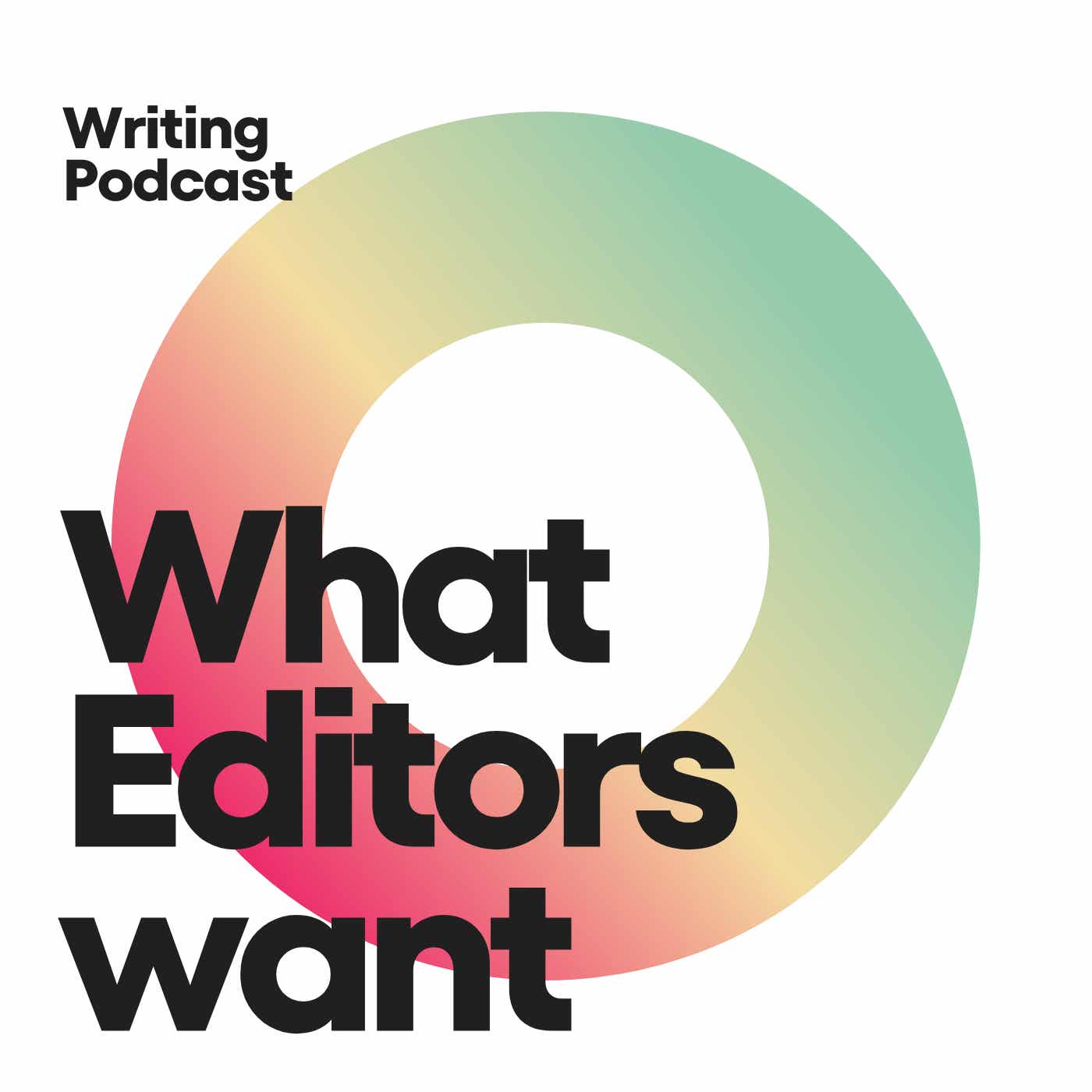What Editors Want Podcast

What Editors Want Podcast
Podcast Description
Interviews with working editors and writers, discussing the business of freelance journalism and writing. How to pitch and win assignments, anecdotes about life as a freelancer and editor, who pays what and more. whatedswant.substack.com
Podcast Insights
Content Themes
The podcast delves into themes such as freelance journalism business strategies, industry insights, and personal anecdotes about life as a writer. Episodes include discussions on pitching techniques, compensation in the industry, and unique approaches to travel blogging, with highlights like 'Lazy' travel blogging emphasizing joy over monetization and Chris Dwyer's insights on securing press trips.

Interviews with working editors and writers, discussing the business of freelance journalism and writing. How to pitch and win assignments, anecdotes about life as a freelancer and editor, who pays what and more.
Georgie Darling just hit her biggest month and year as a travel writer, pulling in $17K in one month alone. Her secret? Multiple retainers, and going after clients with big budgets. Take a look at our conversation in the video.
Georgie’s LinkedIn AMA: https://www.linkedin.com/feed/update/urn:li:activity:7372188475426521090/
Georgie’s coaching: https://thefreedomroute.com/
Travel writing career tips: https://www.skool.com/mediamatrix/about
This is a public episode. If you’d like to discuss this with other subscribers or get access to bonus episodes, visit whatedswant.substack.com/subscribe

Disclaimer
This podcast’s information is provided for general reference and was obtained from publicly accessible sources. The Podcast Collaborative neither produces nor verifies the content, accuracy, or suitability of this podcast. Views and opinions belong solely to the podcast creators and guests.
For a complete disclaimer, please see our Full Disclaimer on the archive page. The Podcast Collaborative bears no responsibility for the podcast’s themes, language, or overall content. Listener discretion is advised. Read our Terms of Use and Privacy Policy for more details.